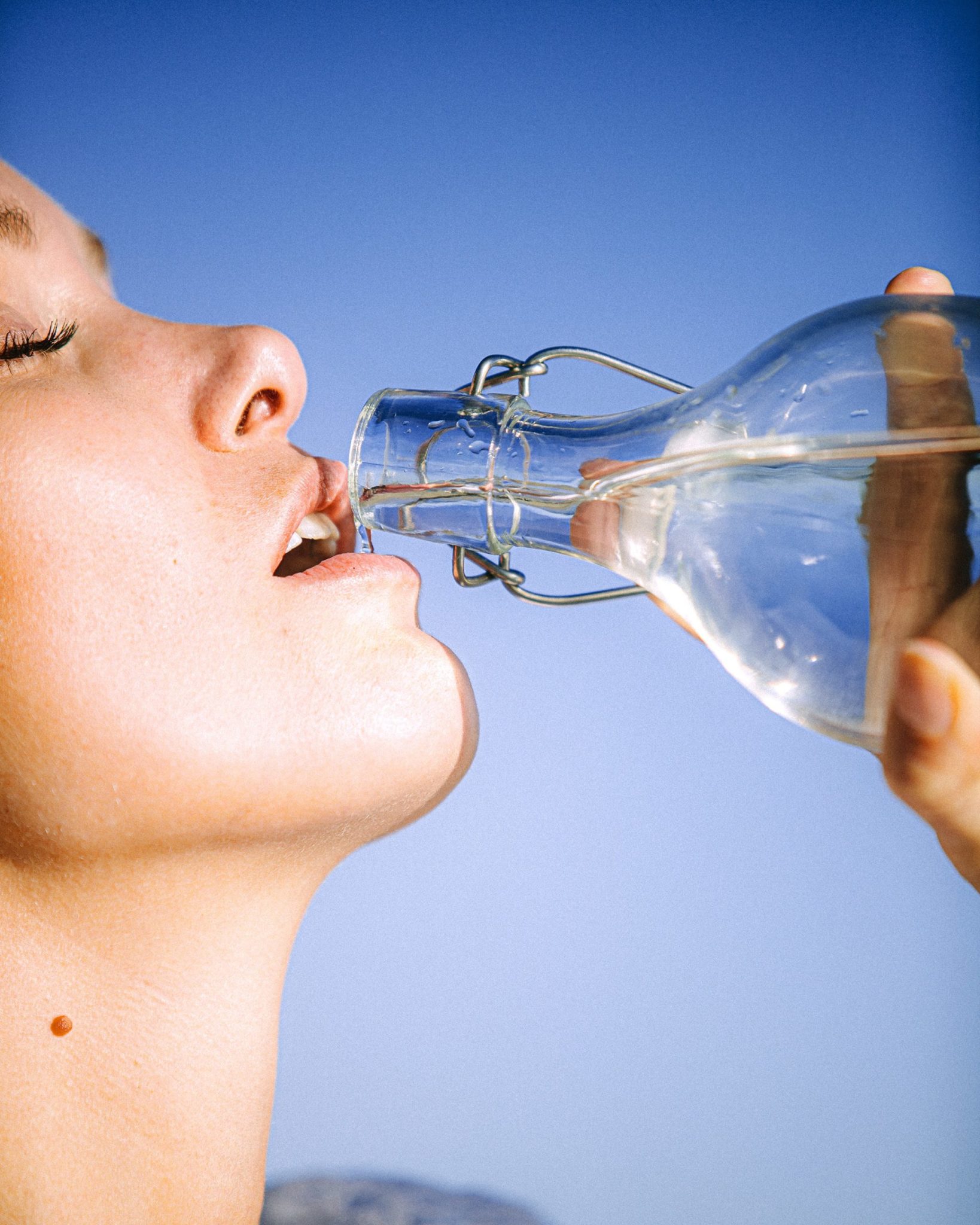In today’s world, having access to clean and safe drinking water is more important than ever. With contamination concerns on the rise, many households are turning to water purifiers to ensure their water is safe to drink. But with several types of purifiers available, how do you know which one is right for you? This guide will walk you through the different types of water purifiers, their advantages, and considerations to help you make an informed decision.
1. Understanding Water Contaminants
Before selecting a water purifier, it’s crucial to understand what types of contaminants might be present in your water. Common contaminants include:
– Microorganisms: Bacteria, viruses, and parasites.
– Heavy Metals: Lead, mercury, and arsenic.
– Chemical Contaminants: Chlorine, pesticides, and industrial pollutants.
– Sediments: Dirt, rust, and dust.
Most water purifiers are designed to target specific contaminants, so knowing what’s in your water can help you choose effectively.
2. Types of Water Purifiers
Reverse Osmosis (RO) Purifiers
RO purifiers are among the most popular in residential settings. They use a semi-permeable membrane to filter out a wide range of contaminants, including dissolved solids and heavy metals. If your water has high TDS levels, an RO purifier is an excellent choice for comprehensive purification.
Ultraviolet (UV) Purifiers
UV purifiers use ultraviolet light to kill harmful microorganisms. This method is highly effective but may not address chemical contaminants or sediments. They are often used in areas where water safety is a significant concern.
Activated Carbon Filters
These filters work by absorbing impurities and improving taste and odor. They are simple to use and often come as pitchers or faucet attachments. However, they may not remove heavy metals or microorganisms effectively.
Gravity-Based Purifiers
Ideal for areas without electricity, these purifiers rely on gravity to filter water through various media, including activated carbon. They’re low maintenance and portable, making them a great option for homes or camping.
Distillation Units
Distillation involves boiling water and recondensing the steam. This process effectively removes impurities, including heavy metals and pathogens. However, it can be slow and use a significant amount of energy.
Combination Purifiers (RO + UV + UF)
These systems incorporate multiple purification methods to offer a comprehensive solution, effectively removing various contaminants for thorough water safety.
3. Factors to Consider
When choosing a water purifier, consider the following factors:
– Water Quality: Test your water to identify contaminants.
– Filter Replacement: Understand the maintenance and replacement costs of the filters.
– Water Usage: Choose a purifier that meets your household’s consumption needs.
– Space and Installation: Consider the space available for installation and whether you prefer a countertop, under-sink, or portable option.
4. The Importance of Maintenance
Regular maintenance of your water purifier is crucial for ensuring its effectiveness. This includes changing filters as recommended by the manufacturer and cleaning the system periodically. A well-maintained purifier can provide clean water for years.
Selecting the right water purifier is essential for ensuring your family enjoys safe drinking water. By understanding the different types and considering your specific water quality needs, you can make an informed choice. Whether you opt for a high-tech RO system or a simple activated carbon filter, investing in a good water purifier is a step towards better health and well-being.


